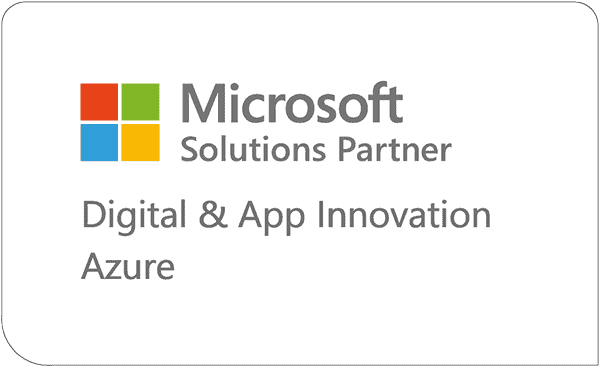FAIR Data in Life Sciences: Turning Data Chaos into Strategic Clarity
Life sciences organizations are drowning in data but starving for insight. The FAIR data principles (Findable, Accessible, Interoperable, and Reusable) offer a framework to fix that. This article explores how FAIR is transforming clinical research, regulatory efficiency, and innovation across biotech, pharma, and med-tech.
The Life Sciences Data DilemmaThe Life Sciences Data Dilemma
In life sciences organizations today (whether that be biotech, pharma, or med-tech) the volume, velocity, and variety of data continue to accelerate. From genomics and imaging to real-world evidence and digital trial endpoints, organizations are awash in data, yet often still hampered by silos, inconsistent formats, weak metadata, and limited interoperability.
The result? Valuable data goes unused, analytics are delayed, regulatory submissions stall, and innovation gets slowed.
This is where the FAIR data principles (Findable, Accessible, Interoperable, and Reusable) make their mark. These have emerged as a strategic enabler rather than an academic exercise, especially for life sciences where the cost of delay is measured in both dollars and patient-impact.
This article explores how FAIR data is reshaping life sciences organizations, the journey so far, and the path forward to unlock its full value.
The FAIR Data Framework
Beyond Buzzwords
At its core, the FAIR framework provides a common language and set of expectations around how data should be managed to maximize value. The four pillars are:
Findable
Data should be discoverable by humans and machines, via rich metadata, persistent identifiers, searchable registries.
Accessible
Once located, data (and metadata) should be retrievable via standardized protocols, with appropriate authentication and authorization when needed.
Interoperable
Data needs to integrate with other data, workflows, and systems. That means shared vocabularies, ontologies, and formal languages for metadata and data representation.
Reusable
Ultimately, data should be used for future purposes beyond their original context. That requires clear usage licenses, provenance, rich descriptions, and community-standards compliance.
Importantly, in the life sciences context, FAIR is not simply about “open data” (i.e., data made public). Rather, it is about enabling both humans and machines to discover, access, integrate, and reuse data across the organizational and domain boundaries.
In short: FAIR is a strategic enabler of data value by making data work harder, smarter, and longer.
Lessons from a Decade of FAIR Implementation
It’s been around ten years since FAIR entered mainstream discussion in scientific data management. In the article “Ten Years of FAIR: How Far We’ve Come and How Far We Still Need to Go”, life-sciences organizations are described as facing persistent challenges in culture, leadership, skills, and infrastructure.
Some key takeaways:
FAIR is a journey, not a destination. No organization will ever be “100% FAIR” overnight, but incremental gains can deliver meaningful value. For life sciences organizations, that means building realistic roadmaps, prioritizing high-value data domains (e.g., clinical trial data, patient outcomes, manufacturing batch data) and aligning leadership, culture and technology.
FAIR Data in Action
Powering Clinical and Research Analytics
One of the most compelling uses of FAIR in life sciences is streamlining clinical and research analytics. As described in “From Chaos to Clarity: How FAIR Data Principles Power Clinical Analytics Success”, the promise is clear: when data is findable, accessible, interoperable, and reusable, you can integrate patient data, trial data, imaging, real-world data, and feed analytics platforms in near-real time.
The Technology Backbone of FAIR
To make FAIR a reality, life sciences organizations need a solid technology foundation. This means having things like:
Data architecture and master data management (MDM)
Building a unified data foundation (e.g., a data lake or modern data platform) helps break silos and supports FAIR metadata frameworks.
Metadata cataloging and governance
Proper metadata management is the bedrock of the “F” and “I” of FAIR. Organizations must invest in catalogs, identifiers (DOIs, URIs), controlled vocabularies and persistent linkages.
Platform automation and AI integration
With FAIR data, machines can find and access data autonomously. Life sciences orgs leveraging platforms (cloud, fabric, AI pipelines) stand to benefit most.
Governance, policies, and culture
Technology alone doesn’t suffice. Data stewardship, roles & responsibilities, training, and incentives matter. Culture and skills are among some of the top barriers. From a strategic standpoint, organizations can align FAIR implementation with their digital transformation, analytics modernization, and regulatory compliance strategies.
Real-World Impact Areas
Here are some examples of high-leverage areas in life sciences where FAIR data can make major difference:
In each of these domains, the payoff is clearer, faster decision-making, better compliance and greater innovation.
As data continues to expand in both volume and complexity, the difference between lagging behind and leading in life sciences will hinge on how effectively organizations make their data findable, accessible, interoperable, and reusable.
Organizations that operationalize FAIR principles achieve measurable advantages including faster insights, more efficient regulatory pathways, stronger collaboration, and accelerated innovation. FAIR turns fragmented data into connected knowledge, enabling scientists, clinicians, and analysts to work from a single source of truth.
The journey requires leadership commitment, modern data architecture, and a culture that values data stewardship. But with these foundations in place, life sciences organizations can transform data chaos into clarity and unlock the full potential of their most valuable asset: trusted, reusable data.
Want to learn more about how Smartbridge can help your organization achieve your goals with FAIR principles? Book a conversation with our experts!
Looking for more on data and analytics?
Explore more insights and expertise at smartbridge.com/data
There’s more to explore at Smartbridge.com!
Sign up to be notified when we publish articles, news, videos and more!
Other ways to
follow us:




